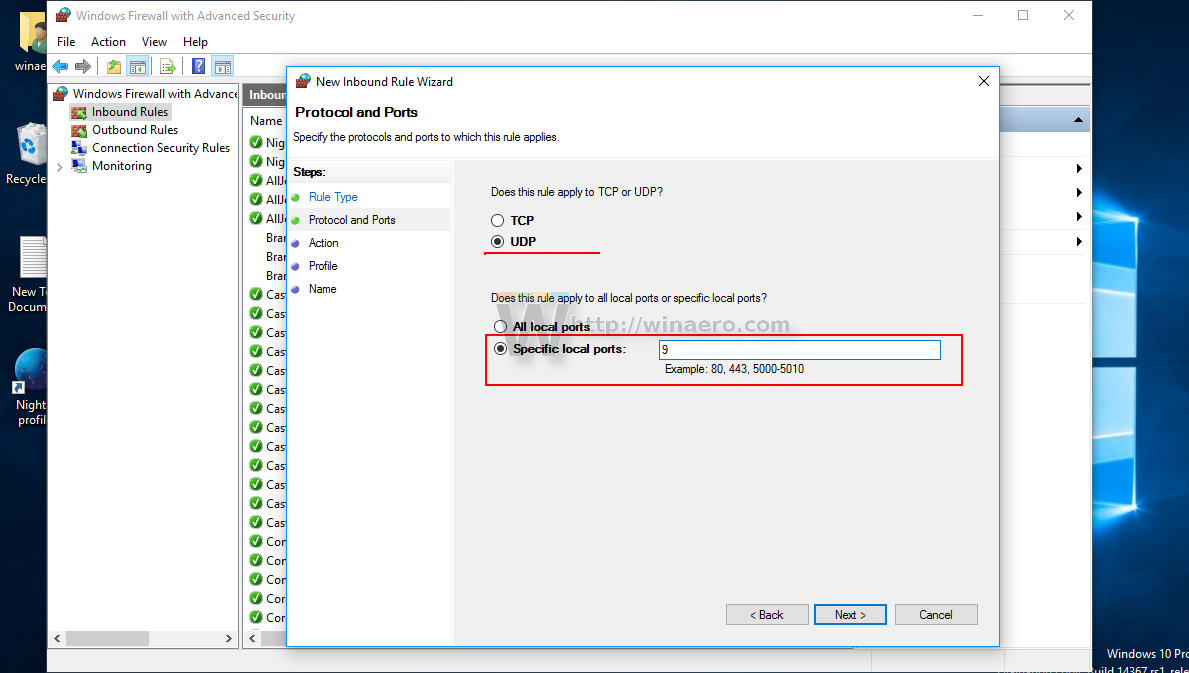

For both HTTP and HTTPS you'd be looking at ip.addr = 10.0.0.1 & (tcp.port = 80 || tcp.port = 443). If you wanted that to include HTTPS traffic (TCP port 443) you could modify it to read host 10.0.0.1 and tcp and (port 80 or port 443).įor a display filter to do the same thing w/ HTTP only you'd be looking at ip.addr = 10.0.0.1 & tcp.port = 80. To capture only HTTP traffic to/from the host 10.0.0.1, for example, you could use the capture filter host 10.0.0.1 and tcp and port 80. Wireshark capture filters use tcpdump filter syntax, so an article about tcpdump filters will help you out. If you're going to be doing a long-term capture and you want to limit the size of your capture files you'll probably want to use a capture filter. If you want to apply two filters, such as IP address and port number, check out the next example: ip.adr 192.168.1.199.&tcp.port eq 443. Run emulator -tcpdump emulator.cap -avd myavd to write all the emulators traffic to a local file on your PC. You can learn more about Wireshark display filters from the Wireshark wiki. There are two ways to capture network traffic directly from an Android emulator: Copy and run an ARM-compatible tcpdump binary on the emulator, writing output to the SD card, perhaps (e.g.

Display filters are used to filter out traffic from display but aren't used to filter out traffic during capture. Initial Speaker is the IP Address of Caller. We can see the information below: The Start Time and Stop Time of each call. SIP Call analysis 1) List SIP calls Use the menu entry Telephony > VOIP Calls, then you can see the SIP call list. The syntax you're showing there is a Wireshark display filter. See more details about how to use Wireshark, please click Wireshark Wiki. You need to differentiate between capture filters and display filters.


 0 kommentar(er)
0 kommentar(er)
